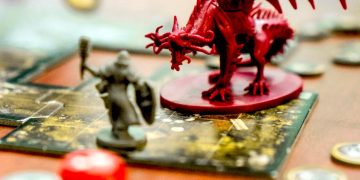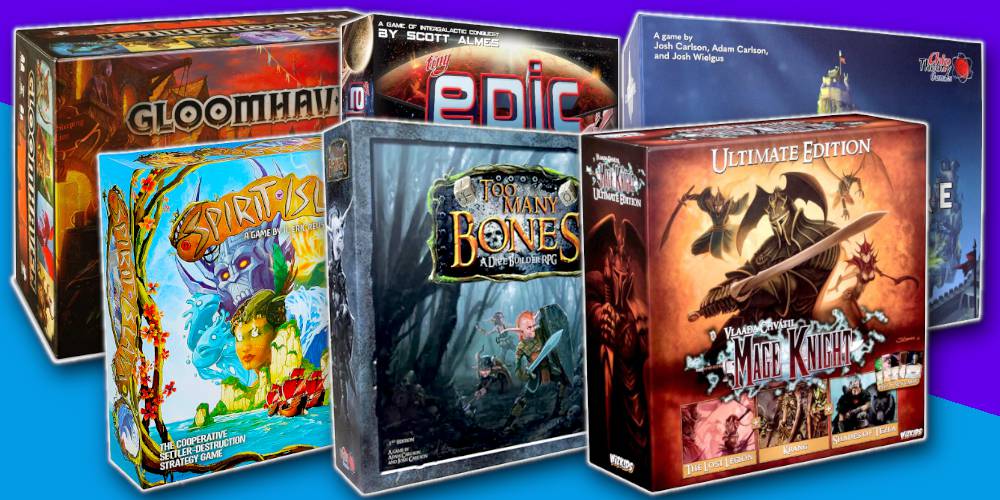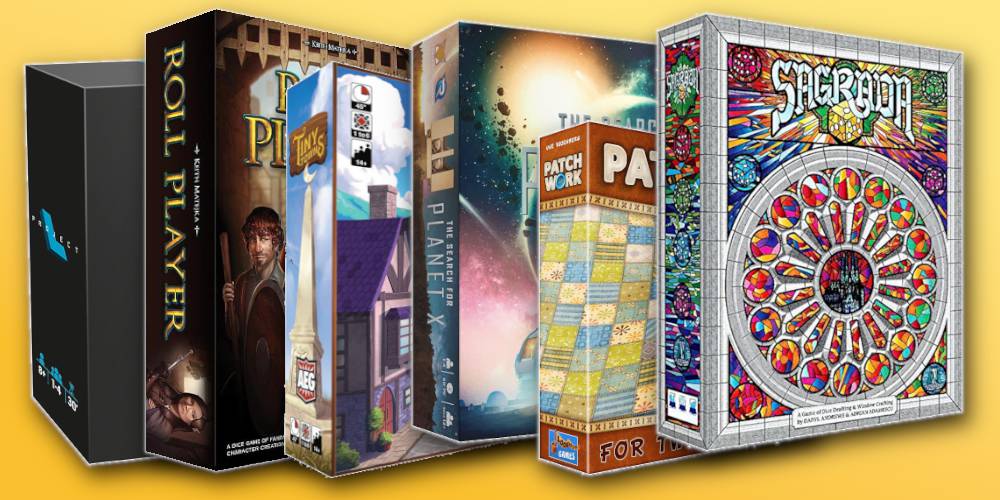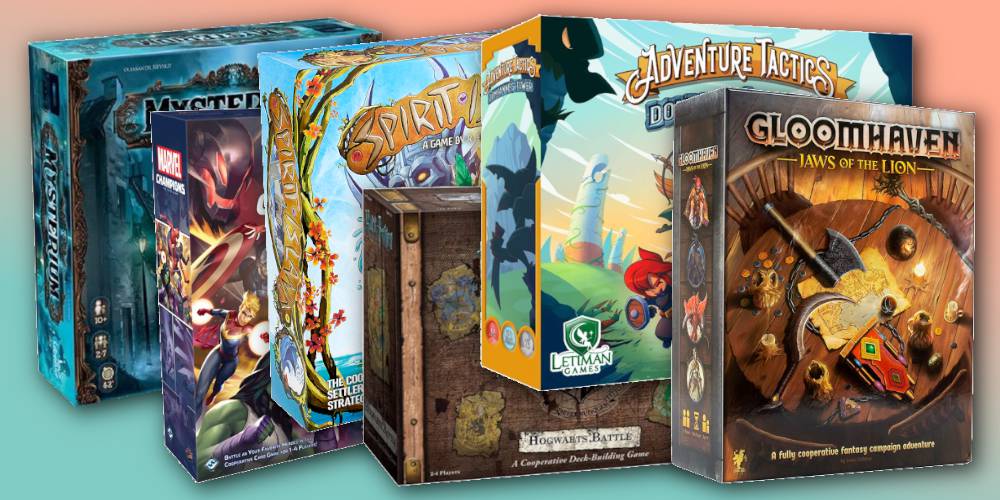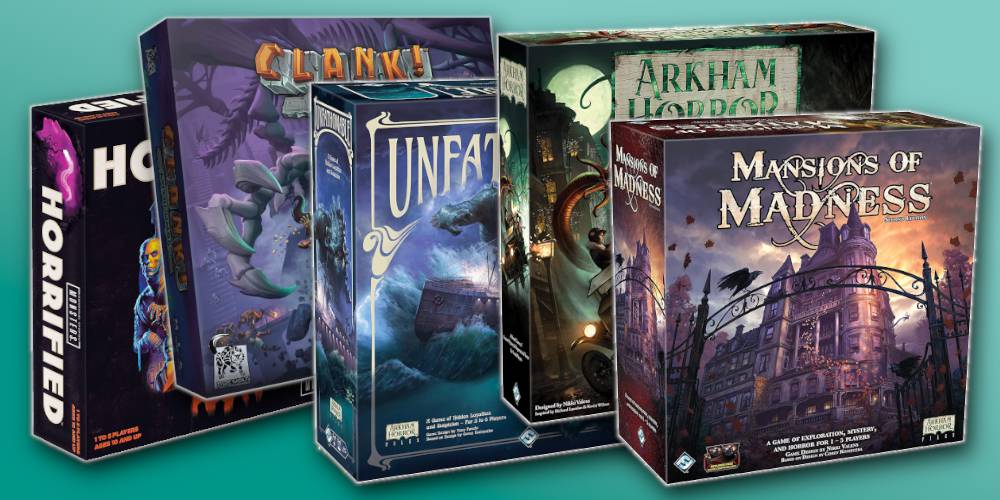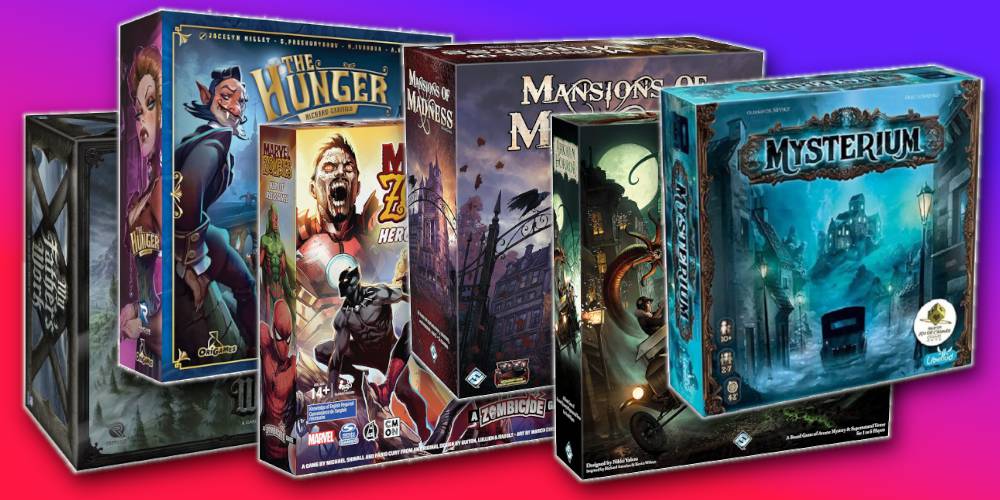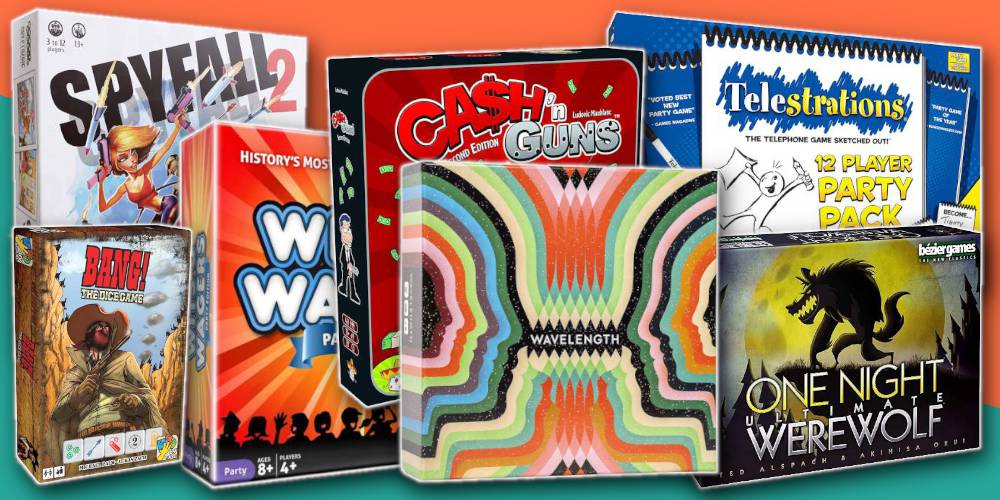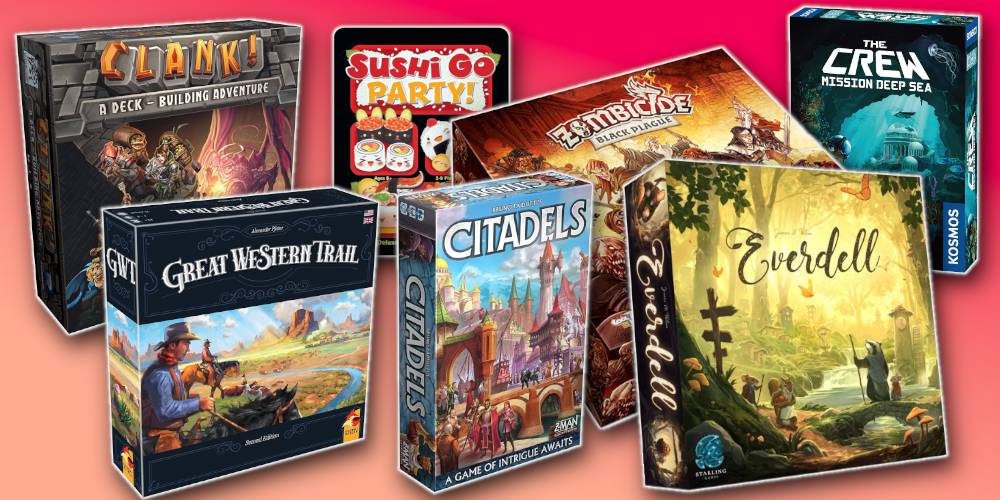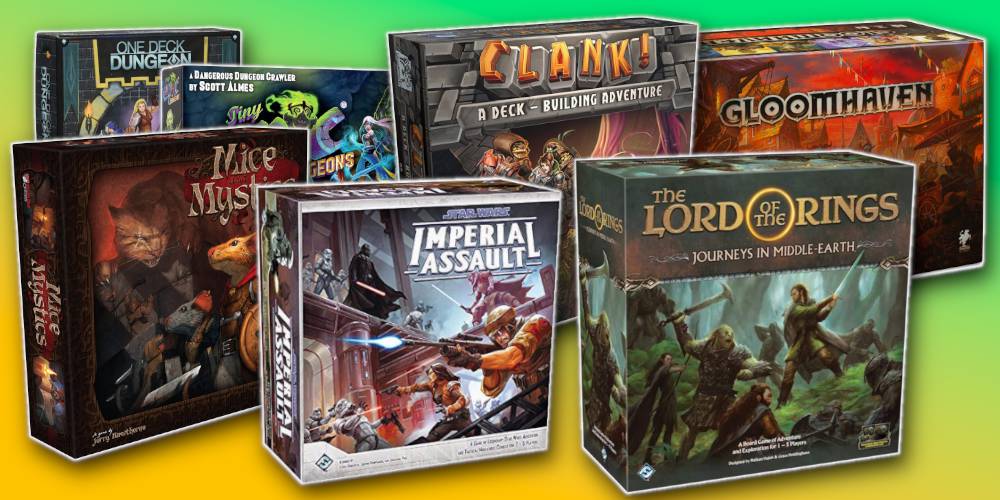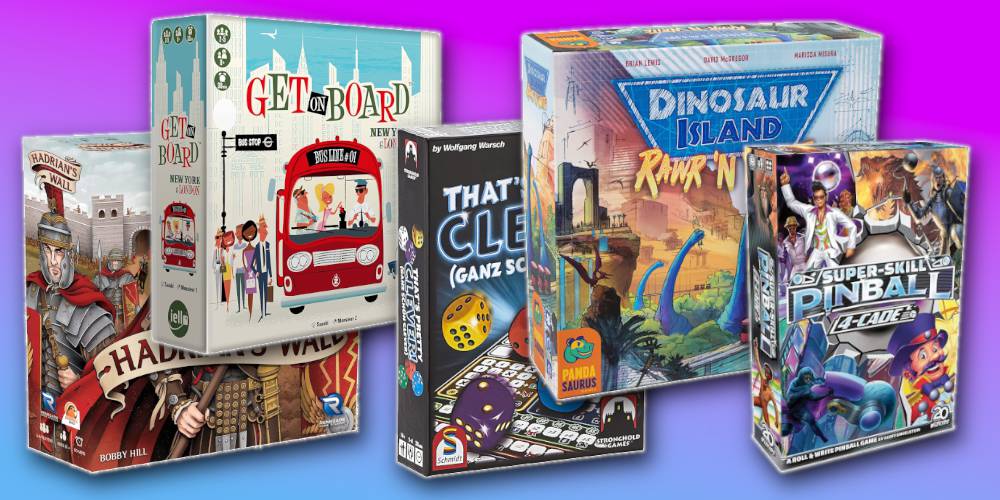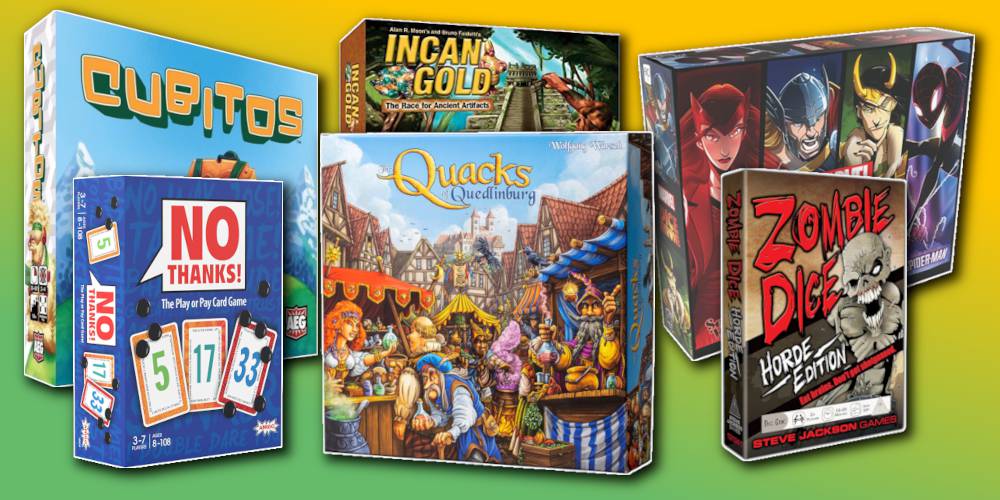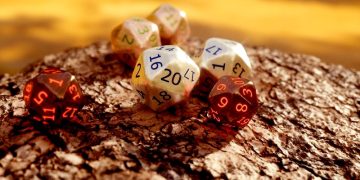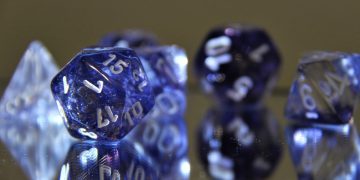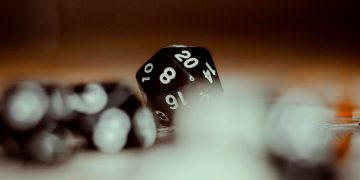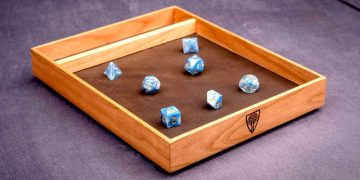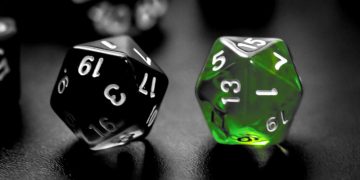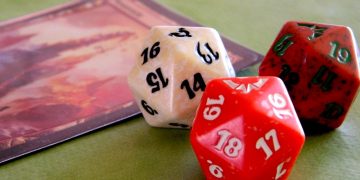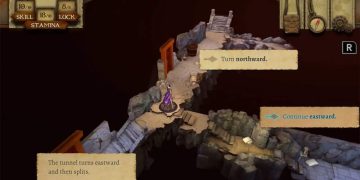Theater of the Mind, Explained
Playing D&D with the theater of the mind means you’re playing without any visual representations of what’s occurring in the game. Instead, everything is in the imagination of the players and the dungeon master.
Most role-playing encounters actually play out this way without you having to think too much about it.
You tell the DM what you want to do, then the DM tells you what you see, what characters and environments look like, whether the situation looks dangerous or welcoming, etc. You tell the DM what you want to do in reaction to that, and on it goes.
In theater of the mind, the whole game plays out like that. It’s no more than a conversation between the DM and players.
So when a pack of goblins ambushes the party from behind the tree line, the DM needs to describe the goblins, their positions, what they’re wearing and wielding, how menacing they look, and everything else about the scenario.
It’s just as important during exploration, too.
Instead of moving miniatures around a grid-based mat, the players say they’re moving and the DM explains what they see.
For example, the players may approach a fork in the path. The DM explains what they see down each of the two paths. The players choose a path, and describe how they approach it: whether they’re wary of traps, or they’re rushing to make a delivery, etc.
A good dungeon masterdeals with these situations quickly by having a strong visual in their mind of what the scenario looks like. They must be as imaginative and descriptive as possible to paint a mental picture for the players.
To put it simply, theater of the mind in D&D is played with only imagination and dice, no other props.
Theater of the Mind: Pros and Cons
Related:Alternatives to D&D Miniatures: Low-Cost Ideas That Won’t Break Your Wallet
Related:The Best D&D Map Makers, Builders, and Generators
Is Theater of the Mind Right for You?
In the end, it really comes down to your personal preference—or more accurately, the preference of the D&D group.
Some people don’t have great imaginations and need a more visual representation of what they’re working with. Others find that miniatures and maps help get them more involved. And there are those who prefer the flexibility of imagination-only play.
For me? I prefer to use maps and minis for combat encounters and dungeon exploration, and I prefer theater of the mind for role-playing encounters (e.g. tavern) and open world exploration (e.g. walking through plains or a forest).
If you’re on a budget or if you don’t want to invest too much into D&D just yet, theater of the mind is a great way to get started with minimal spending.
The Pros of Theater of the Mind
Related:Alternatives to D&D Miniatures: Low-Cost Ideas That Won’t Break Your Wallet
The Cons of Theater of the Mind
Related:The Best D&D Map Makers, Builders, and Generators
In the end, it really comes down to your personal preference—or more accurately, the preference of the D&D group.
Some people don’t have great imaginations and need a more visual representation of what they’re working with. Others find that miniatures and maps help get them more involved. And there are those who prefer the flexibility of imagination-only play.
For me? I prefer to use maps and minis for combat encounters and dungeon exploration, and I prefer theater of the mind for role-playing encounters (e.g. tavern) and open world exploration (e.g. walking through plains or a forest).
If you’re on a budget or if you don’t want to invest too much into D&D just yet, theater of the mind is a great way to get started with minimal spending.



![]()

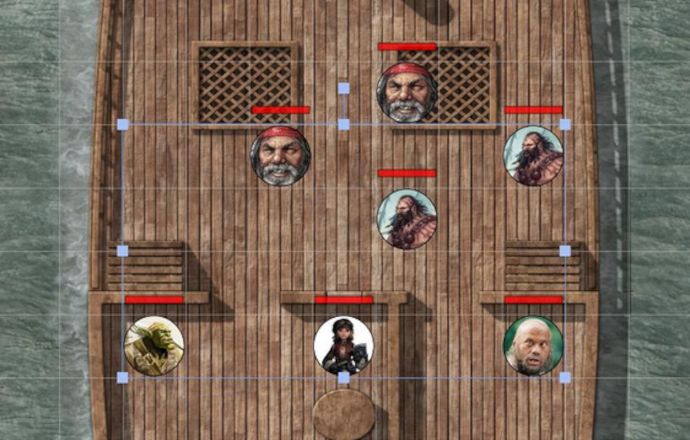
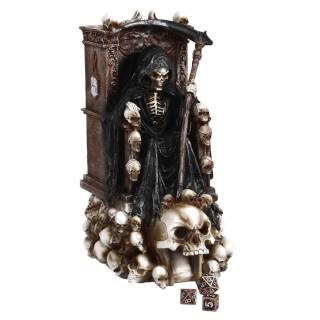
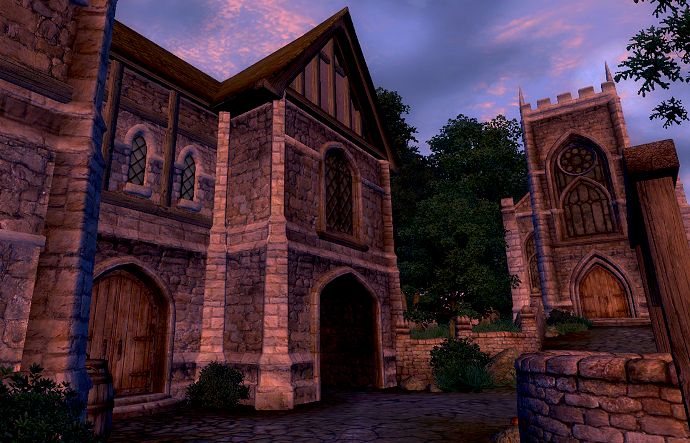
There are no visual aids in the theater of the mind

